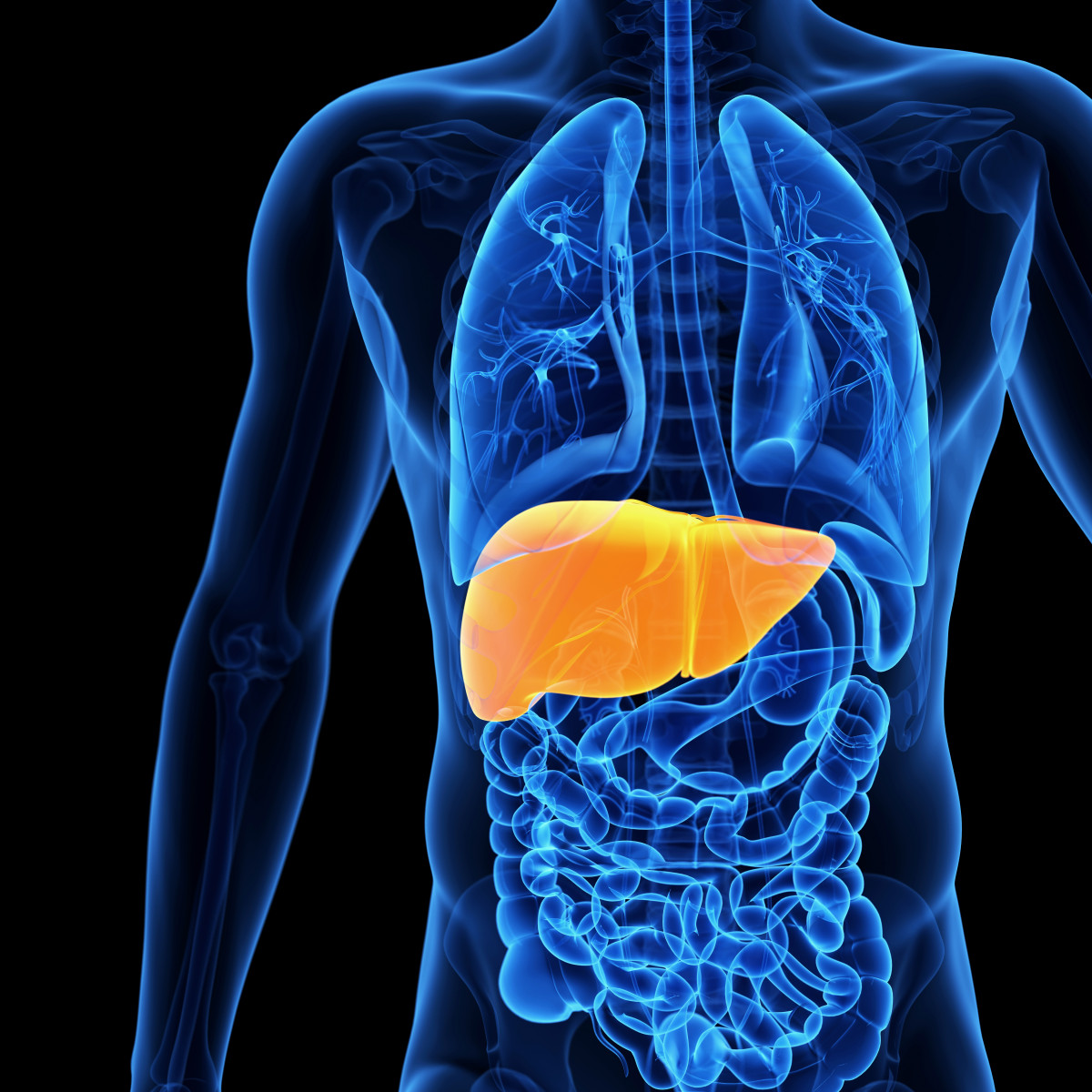Ultrasound Predicts Advanced Liver Disease in CF Patients, According to Clinical Trial Data

Ultrasound may predict liver disease in young cystic fibrosis (CF) patients, according to the results of a clinical trial. Researchers compared liver patterns from young CF patients, and found that those with non-uniform patterns on ultrasound are more likely to develop liver scar tissue.
Results from the the Cystic Fibrosis Liver Disease Network PUSH study (NCT01144507). PUSH stands for Prospective Study of Ultrasound to Predict Hepatic Cirrhosis in Cystic Fibrosis, which is a collaboration between several health clinics in North America. The results were presented at the North American Cystic Fibrosis Conference (Oct. 18-20 in Denver, Colorado).
The PUSH study was funded by the Cystic Fibrosis Foundation and The National Institute of Diabetes and Digestive and Kidney Diseases, and investigated if ultrasound analysis of the liver could be a potential tool to predict liver disease in CF patients.
Advanced liver disease is a condition estimated to affect about seven percent of patients with CF, and is considered the third leasing cause of death among CF patients. There currently is no test or tool to identify CF children who are at risk of developing advanced liver disease.
Researchers at Children’s Hospital Colorado analyzed data from the PUSH study based on the hypothesis that a heterogeneous pattern (meaning not totally uniform) on a liver ultrasound could predict the subsequent development of advanced liver disease, namely of cirrhosis (a condition characterized by severe scarring of the liver and poor liver function).
The study enrolled 744 young CF patients (ages 3 to 12 years) with no known cirrhosis. Four independent radiologists analyzed liver patterns of the subjects following abdominal ultrasound, scoring them as either non-uniform (heterogeneous) or uniform (homogeneous) liver patterns. Then they performed follow-up ultrasounds on the patients with heterogeneous patterns every other year for four years.
Results showed that subjects with heterogeneous liver patterns were 9.3 times more likely to develop advanced liver disease, compared with control subjects diagnosed with homogeneous liver patterns. Of the population with heterogeneous patterns, 25% developed cirrhosis within four years.
“This is the first study to identify a tool to classify a group of children and adolescents with cystic fibrosis who are at high risk for developing advanced liver disease,” Michael Narkewicz, MD, said in a press release. Narkewicz is the study’s principal investigator and a pediatric gastroenterologist at the Children’s Hospital Colorado.
The team is further developing prediction models based on ultrasound analysis, hoping they can aid future clinical trials investigating intervention strategies to prevent advanced liver disease.
“This is an important discovery that provides an opportunity to continue testing interventions that might slow or stop that progression. This also might have relevance for screening in routine clinical care,” Narkewicz concluded.







